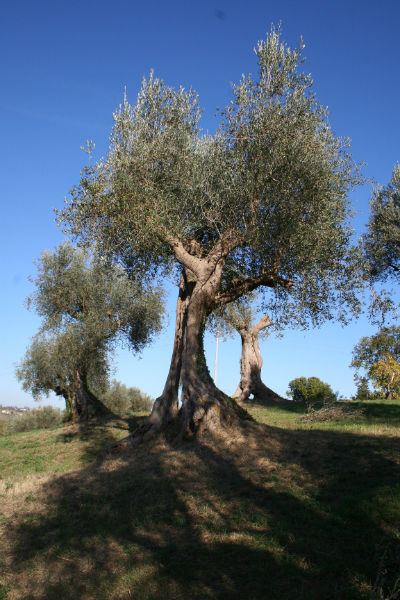
The small ancient village of Castelbellino offers a welcoming atmosphere, where every stone has a memory, every street and every corner have a magical surprise.
Wander around the little-known cultural richnesses, drowning the sense of time in the ancient charm of powerful walls, severe portals, enchanting and colourful landscapes; be entranced by the profane delicacies like the smell of “vincisgrassi”, typical dish in the Marches, running away from the little windows carved into the walls or by the irresistible aroma of Verdicchio wine coming from the castle caves used as cellars.
When you join the village, park the car and go on foot to admire the panoramic views of Esino valley at the end of the multiple short lanes. Parallel to the main entrance road, a winding uphill street leads to Piazza San Marco: the old centre is made up of narrow streets, steep stairways and charming squares.
Admire the castle walls of the fifteenth century and take an exciting tour through the streets of the old town which retain all the charm of past years.
At the top of the castle, once crossed the ancient arch of Proferno way, have a sit in one of the benches in the garden for a fantastic view over the Esino valley. In Piazza San Marco, the Loggia Belvedere dating back to the Renaissance period was once used as a covered market and is today one of the most picturesque corners of Castelbellino: enjoy the pleasant view of the rolling hills overlapping each other to the sea.

Cupramontana, S. Marco, Calapina, Castelbellino, Monteroberto, Maiolati Spontini, Cupramontana
Distance: km 14
Time advised: 75 minutes
Difficulty: easy
Starting from the parking in front of Colonnara winery, take the road for the historic centre.
Just before arriving at Cupramontana, follow the signs indicating the cemetery . In front of the cemetery, take the avenue on the left . Go through San Marco street and turn left until reaching a junction , then turn right and take the white road. The path becomes flat only for a short distance, then it is narrow again and turns on a slight slope. Turn left and right; at the bottom of a steep slope cross the farmland and then right up to a bar. From here proceed along an old house until reaching a white road.
Follow the steep path to the right (Calapina Street), after about 100 metres turn left and follow the main road for about 500 metres until the junction with the big oak tree. Go straight on for about 100 metres and turn left uphill just before the descent. At the junction take the flat road on the right passing through a fence and a wash-tub and climb up to a big villa with a park; straight down until reaching the tarmac road (S.P. Castelli di Jesi).
Follow the left road that leads to Castelbellino. When you join the village, just before the last houses, turn right uphill to Monteroberto (approx. 800 metres). Then right under the castle walls and go straight up to the Provincial Road (S.P.).
At the junction turn to the right arriving at Maiolati Spontini. Go through the village and take the white road on the left. Continue until you come back to the Provincial Road and follow the signs indicating Cupramontana. After about 1,5 km you are again at the point of departure.















